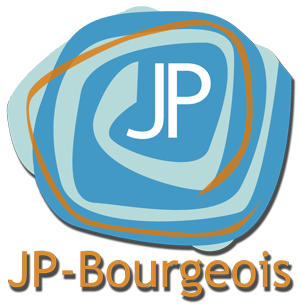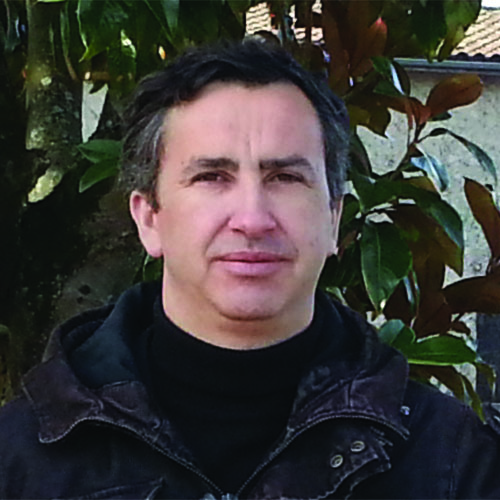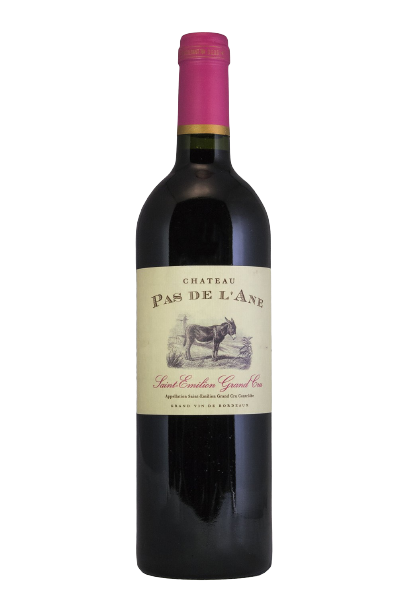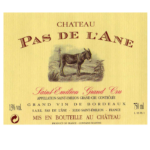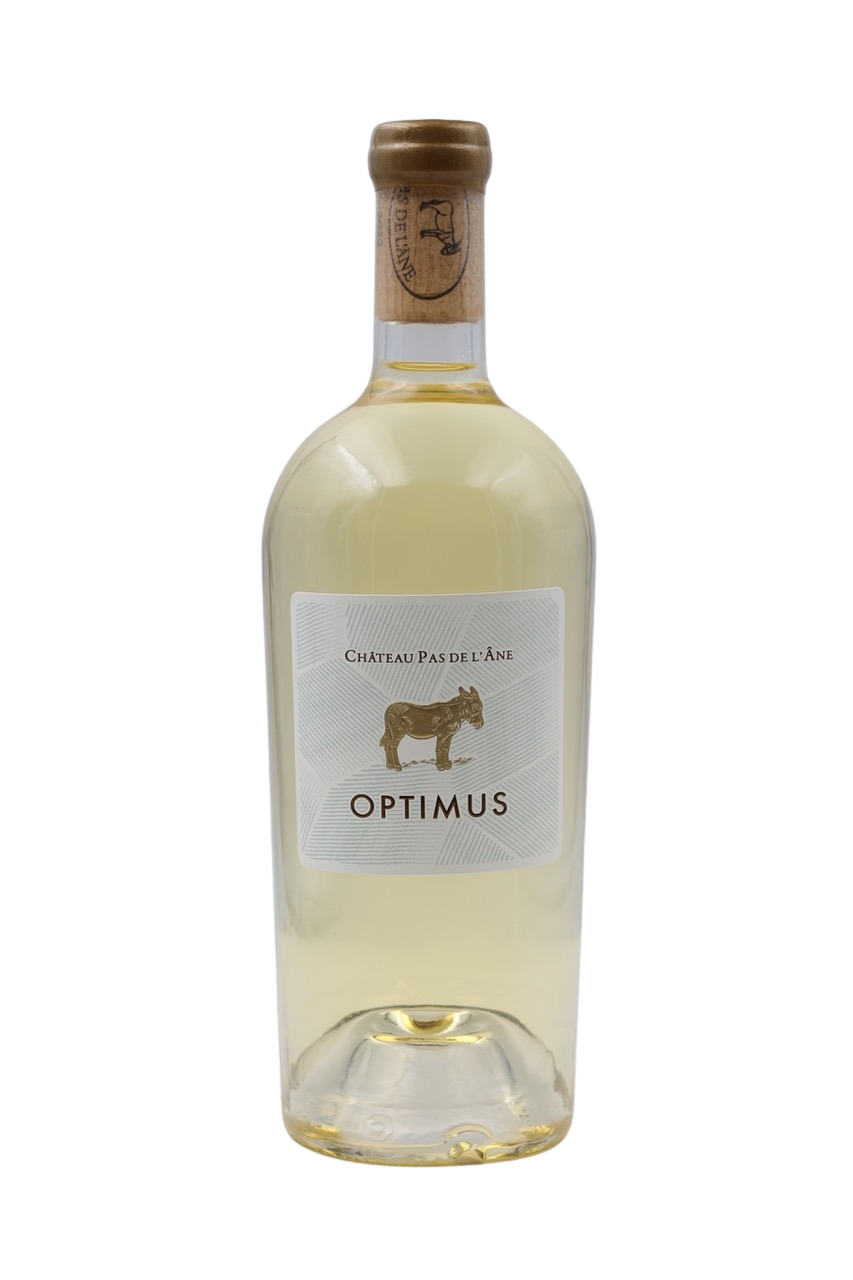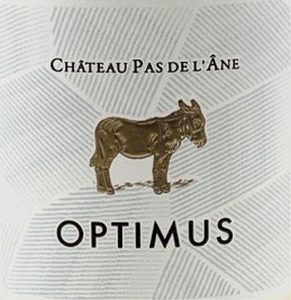Château Pas de l’Ane

Château Pas de l’Ane was built in 1999 from a 1-hectare plot and has never stopped expanding since then. In 2006, Pas de l’Ane’s vineyard settled in the former Château Cros-Figeac, also called Château Cros-Saint-Emilion (Edition de Féret de 1998). Château Pas de L’Ane is located just a few steps away from world-famous neighbors, between Château Cheval Blanc and Château Figeac, in the iron-rich upper plateau of the Saint-Émilion Grand Cru appellation that’s home to not just the best wines of that AOP, but some of the best wines in the world. The now 13-hectare vineyard covers five of the eight Saint-Émilion Grand Cru appellation areas. This plot diversity ensures a remarkably varied geology and enables the winery to produce five Saint-Émilion Grands Crus wines, of which this is the very top end.
Wines from Château Pas de L’Ane
Saint-Émilion Grand Cru
Blend: 60% Merlot, 40% Cabernet Franc
Aging: 12 months in new French oak barrels
A rich and full-bodied wine with aromas of berries, black fruits, tobacco, roasted coffee, and spicy and woody notes. On the palate it is well-balanced and velvety, with refined power coming from concentration rather than weight and sweetness. Rich blackberry fruit and layers of texture are a great combination for this wine that has profited from the quality of the Cabernet Franc in this vintage. It has plenty of fruit and acidity, as well as firm, still-toasty tannins that lend a hand extending the clean, floral finish. That this is composed of nearly 50% of some of the best Cabernet Franc in the world is vividly, startlingly evident from start to finish. Drink within the next 15 years.
Optimus Blanc
Blend:100% Sémillon
Aging: 12 months in new French oak barrels
This refined and expressive 100% Sémillon comes from Bordeaux’s prestigious Right Bank, near Cheval Blanc, with a limited production of 2,400 bottles. Aged in new French oak and sandstone amphorae, it develops layered texture, fresh acidity, and remarkable depth. Regular bâtonnage (lees stirring) enhances richness and complexity, balancing oak influence with vibrant freshness. Aromas of exotic fruit, white peach, blossom honey, and flinty minerality lead to a fresh, slightly saline, and harmonious palate. Praised for its silky texture and citrus-driven depth, it pairs beautifully with pan-seared sea bass in lemon-caper sauce, goat cheese and fig salad, and Thai green curry.
